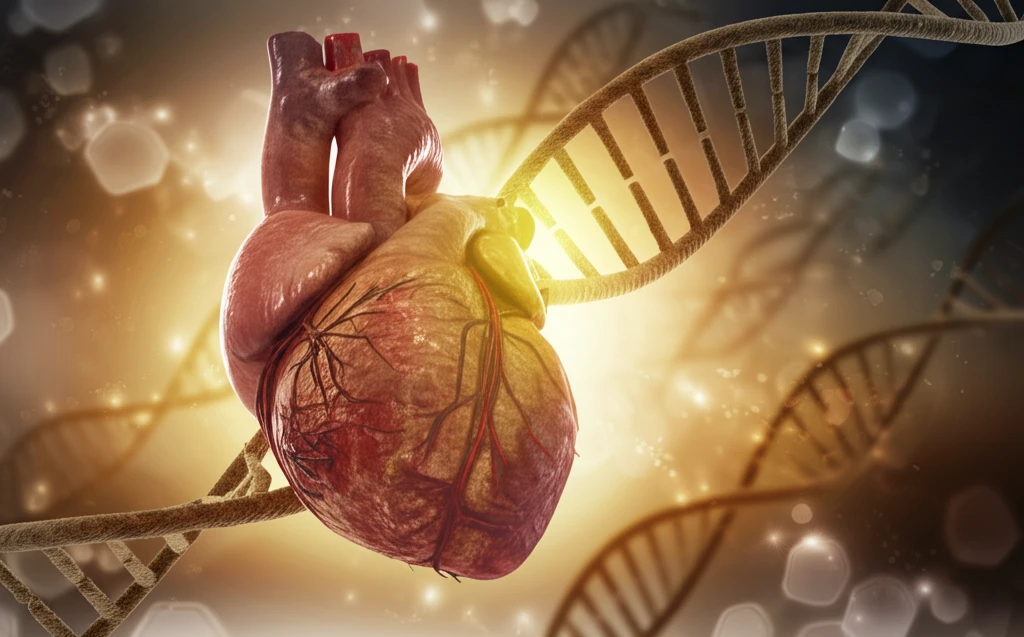
Homoarginine and Heart Health: Unlocking the Secrets of Atrial Fibrillation
"Could this amino acid be the key to understanding and preventing heart rhythm disorders?"
Atrial fibrillation (AF), the most common heart arrhythmia, significantly increases the risk of stroke and heart failure, posing a major challenge to global health. Characterized by an irregular and often rapid heart rate, AF affects millions worldwide, and its prevalence is expected to rise with the aging population. Identifying new biomarkers and understanding the underlying mechanisms of AF are crucial for developing effective prevention and treatment strategies.
Recent research has focused on the potential role of homoarginine, a non-protein amino acid, in cardiovascular health. Involved in the nitric oxide (NO) pathway, which is vital for blood vessel function and overall cardiovascular health, homoarginine has garnered attention as a possible biomarker for heart-related conditions. Studies suggest it may have antihypertensive and antithrombotic properties, potentially protecting against cardiovascular changes and diseases. However, its specific role in atrial fibrillation remains largely unexplored.
This article delves into a detailed study examining the relationship between homoarginine levels, intermediate phenotypes, and atrial fibrillation within a large community-based population. By analyzing data from the Gutenberg Health Study, researchers aimed to determine whether homoarginine could serve as a predictive biomarker for AF and provide insights into its impact on cardiac function.
What the Study Revealed About Homoarginine and Heart Health

The Gutenberg Health Study, involving 3,761 participants, investigated the associations between homoarginine levels and various electrocardiographic and echocardiographic phenotypes, as well as the presence of atrial fibrillation. Researchers measured plasma homoarginine levels and analyzed their relationship with heart function and structure. While the study didn't find strong correlations between homoarginine and AF, several intriguing findings emerged.
- No Direct Link to AF: Homoarginine levels did not significantly differ between individuals with and without atrial fibrillation.
- Echocardiographic Associations: Homoarginine showed moderate inverse associations with left atrial size and E/A ratio, suggesting a potential link to diastolic function.
- No Electrocardiographic Correlations: The study found no significant relationship between homoarginine levels and standard electrocardiographic phenotypes.
What Does This Mean for Your Heart Health?
While the study doesn't position homoarginine as a definitive biomarker for AF, it does highlight its potential involvement in cardiac function. Maintaining a heart-healthy lifestyle through balanced nutrition, regular exercise, and stress management remains crucial. If you have concerns about your heart health or risk factors for atrial fibrillation, consult with your healthcare provider. They can provide personalized advice and recommend appropriate screening and prevention strategies. Further research will continue to clarify the role of homoarginine in the complex landscape of cardiovascular health, bringing us closer to more effective prevention and treatment options.
